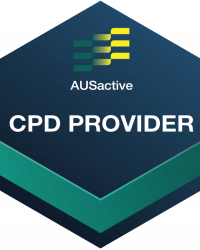Mat Repertoire
Abdominal Work:
Leg Pull Front
Alternate Names
Plank, Front Support
Derived From
Classical Mat Work: Leg Pull Front
Primary Element
Strength
Why for Primary?
To develop strength and control in the torso, whilst adding the lift and lower of the legs.
Secondary Element
Stability
Why for Secondary?
To develop control in the deep abdominal muscles transversus abdominis to create pelvis and torso stability. Adding the lifting of the legs challenges pelvis stability.
Tertiary Element
N/A
Why Tertiary?
N/A
Repetitions
4-6 each side
Plane of Motion
Sagittal
Targeted Muscles
To create pelvis stability and balance the weight of the legs the targeted muscles are the deep abdominal muscles transversus abdominis.
To extend the legs and lift them up and forwards of the torso the hip extensor muscles are used including:
- Gluteus maximus
- Hamstrings – biceps femoris, semitendinosus and semimembranos
- Adductor magnus extensor head
Warnings
This exercise may be unsuitable for clients where engagement of the abdominals is contraindicated, or where the shoulder load may cause pain or discomfort.
Execution
Start four-point kneeling (or in quadruped position) on the Mat. Bring the body weight forward into the arms keeping the shoulders up and back and collar bones wide. Step one foot back at a time into a plank position, maintain a posterior pelvic tilt throughout and push the heels back flexing the feet.
Exhale to lift one foot up off the Mat, pointing the toes, and place the foot down on the Mat before alternating sides.
Observations
Do a body scan of the client taking note of the following points
- Head and Neck
- Is the back of the neck long and crease-free? A slight retraction of the neck with the chin tucked can help avoid straining the neck
- Pelvis
- Is the pelvis still throughout or is the torso rocking throughout the movement?
- Is the client able to keep a slight posterior pelvic tilt throughout, and avoid arching into their lumbar spine, particularly as the legs lift?
- Arms
- Are the arms assisting with the lift of the torso and pressing actively up and against the Mat?
- Are the shoulders up and back with the support coming from the shoulders, not the elbows locking?
- Legs
- Are the legs lifting upwards after the gluteals are engaged?
- Are the legs adducting to avoid kicking out to the side?
- When a leg lifts does the torso stay still?
Learning Style Technique Cues
Auditory – word associations that connect mind and body
- Aim for sequential movement of the spine as the torso lifts and lowers
- Sweep the arms around and upwards to assist with the torso lifting
- Say the client’s name when you’re about to interact with them
Visual
- Imagine lifting upwards like Abdominal Work: The Hundred – Double Leg Stretch but lifting higher
- You may demonstrate a part of the movement as a visual representation for the client to see, for example with the arms moving like the legs
Kinaesthetic
- Avoid arching the spine when the legs lift
- Reconnect into the transversus abdominais just before the legs lift and lower
Modifications and Variations
Regress the exercise by
- Dropping back to the forearms instead of the hands onto the Mat
- Working on Back Extension: Swimming
- Working on Back Extension: Single Leg Kick
Progress the exercise by
- Rocking the body weight back and then forward again when the leg is lifted for a more Classical Pilates variation
- Increasing the pace of the repetitions
- Working towards Abdominal Work: Leg Pull Back
Series and Transitions
This exercise is part of the Abdominal Work series which includes a range of other exercises in the fundamental and progressive repertoire. The Abdominal Work series can also be found in the Reformer and Cadillac repertoire.
The traditional order of the Abdominal Work series is
- Single Leg Stretch
- Double Leg Stretch
- Hamstring Pull or Single Straight Leg Stretch
- Double Leg Lower (not included in the Inspired Academy repertoire, however a similar exercise can be found in the Reformer Feet in Straps: Double Leg Lowers)
- Criss Cross
Inspired Academy follows the order to create stability and mobility before building strength.
Warm Up repertoire
Fundamental repertoire
Progressive repertoire

